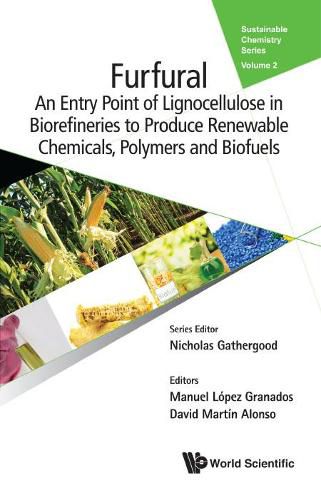Readings Newsletter
Become a Readings Member to make your shopping experience even easier.
Sign in or sign up for free!
You’re not far away from qualifying for FREE standard shipping within Australia
You’ve qualified for FREE standard shipping within Australia
The cart is loading…






There is a wide consensus that furfural, a renewable commodity currently obtained from lignocellulosic agro-residues with a production volume of around 300 kTon per year, is a key feedstock for leveraging lignocellulosic residues in future biorefineries. Several chemicals are already being manufactured from furfural due to its advantageous production cost. Furthermore, a vast number of others are also technically viable, to produce from oil.This book compiles the vast existing information into relevant stages of transformations of furfural as renewable chemicals, biofuels and bioresins focusing on the relevant chemical and engineering aspects of processes to obtain them, including reactors and catalysis. It offers essential information for improving the economic and environmental viability of current commercial applications and upcoming future applications.It should be of particular interests to graduate and advanced undergraduate students, as well as, engineers and academic researchers alike who are working in the field.
$9.00 standard shipping within Australia
FREE standard shipping within Australia for orders over $100.00
Express & International shipping calculated at checkout
There is a wide consensus that furfural, a renewable commodity currently obtained from lignocellulosic agro-residues with a production volume of around 300 kTon per year, is a key feedstock for leveraging lignocellulosic residues in future biorefineries. Several chemicals are already being manufactured from furfural due to its advantageous production cost. Furthermore, a vast number of others are also technically viable, to produce from oil.This book compiles the vast existing information into relevant stages of transformations of furfural as renewable chemicals, biofuels and bioresins focusing on the relevant chemical and engineering aspects of processes to obtain them, including reactors and catalysis. It offers essential information for improving the economic and environmental viability of current commercial applications and upcoming future applications.It should be of particular interests to graduate and advanced undergraduate students, as well as, engineers and academic researchers alike who are working in the field.